Michael Cimino’s war epic ‘The Deer Hunter’ centers around three steel factory workers, Michael (Robert De Niro), Steven (John Savage), and Nick (Christopher Walken), whose lives come crashing as one day they are drafted from a small working-class town, Clairton, Pennsylvania, to Saigon. What follows is their journey from their sheltered lives at the factory town to the horrific trenches of the enemy camp with traumatic aftermath.
The three friends are also deer hunters, and their “one shot” analogy becomes symbolic as they hold the rifle against the enemy beyond the trenches. Not a typical war movie, Cimino’s layered 1978 movie has people divided over historical accuracy and the artistic liberties one takes to showcase the events. Let’s find out how much of ‘The Deer Hunter’ is steeped in reality!
The Deer Hunter is Partially Inspired by Real War Experiences
‘The Deer Hunter’ is partially based on a true story. The movie is driven by a screenplay by Deric Washburn adapted from a story by Washburn, Michael Cimino, Louis Garfinkle and Quinn K. Redeker. It is set against the backdrop of a historical event that no one would forget – the Vietnam War. While none of the main characters, Michael, Steven, and Nick, are based on any real people, their experiences as steel factory workers and war veterans, and the military wife, in the case of Linda, are pretty authentic. Having said that, it is not a war-glorifying movie – even if De Niro is the hero figure, rather, it shows the consequences of unnecessary violence and loss for everyone involved.
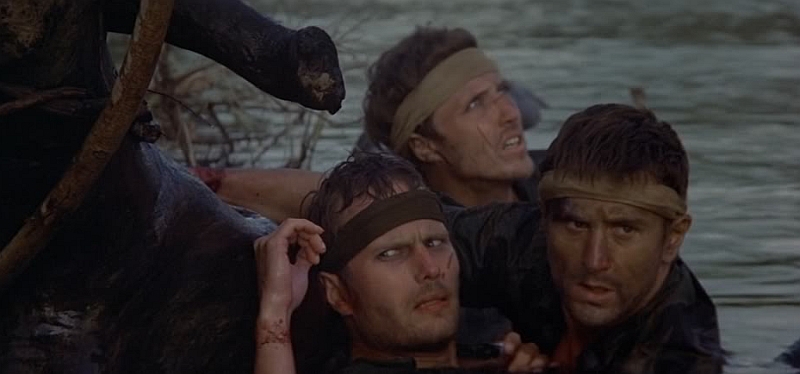
There have been many historical inaccuracies in the film, including the fact that the Vietcong didn’t behave the way represented in the movie and that De Niro, who was 35 at the time of the shooting, was not young enough to be enlisted in the war, and it is said that the army reportedly preferred black and Hispanic soldiers over white at the time. In the film’s famous Russian Roulette scene, Mike (De Niro) and Nick (Walken) are forced to put loaded guns to their heads by the Vietnamese as their prison mates and guards bet against who will die first. Those who refuse to participate in the game are partially drowned in water with ferocious rats waiting for their flesh as if in a nightmare.
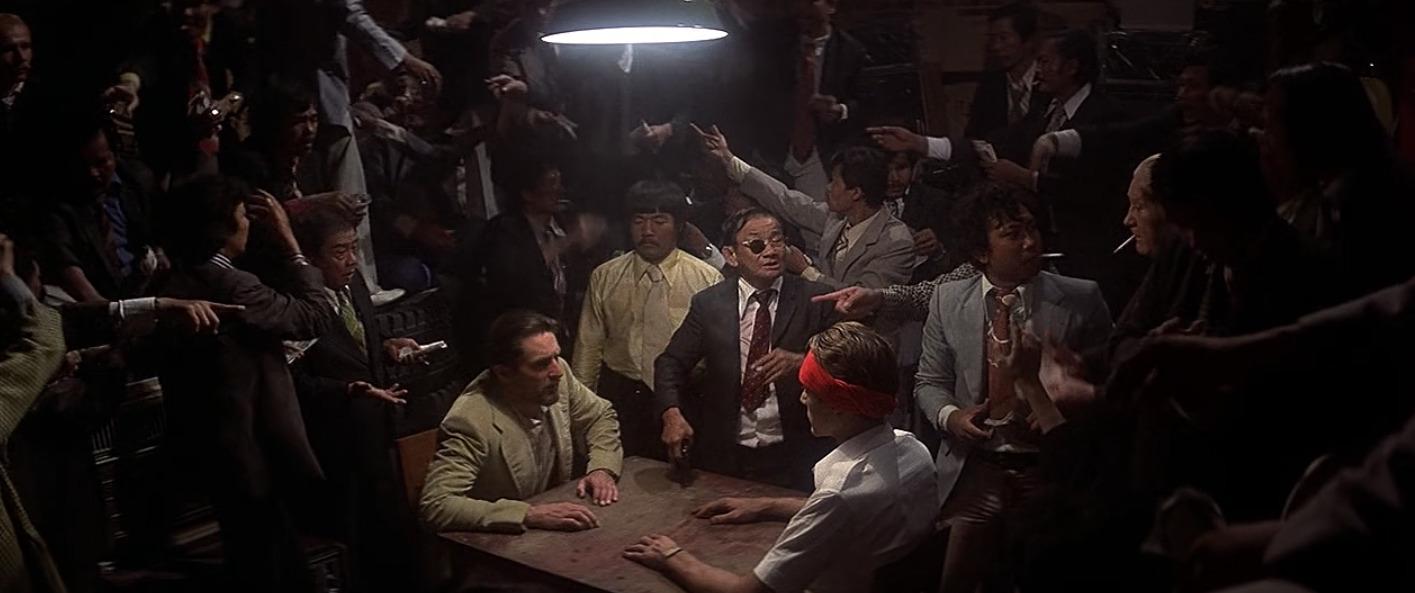
As per reports, the aforementioned scene was quite different from reality. During the 1979 Academy Awards ceremony, 13 members of the Vietnam Veterans Against the War objected to the harrowing scene and claimed that it was too disrespectful to their actual suffering at Saigon. The film went on to bag Oscars for Best Director (Cimino), Best Editing, Best Picture, Best Sound, Best Supporting Actor (Walken), and was nominated for Best Actor (De Niro), Best Cinematography, Best Supporting Actress (Meryl Streep), Best Writing, Screenplay (Cimino).
Director Cimino wanted the scenes to be hyperrealistic, so he reportedly asked one of the Vietnamese characters to slap Walken in the Russian Roulette game without telling the latter. The shock of the slap on the screen is pretty real. Similarly, De Niro suggested that a live round of bullets be put in the gun in the RR scene, and the crew observed the rounds pretty minutely so that the bullet is not the next in the following take. What followed was authentic reactions from both Mike and Nick, and it shows in the film!
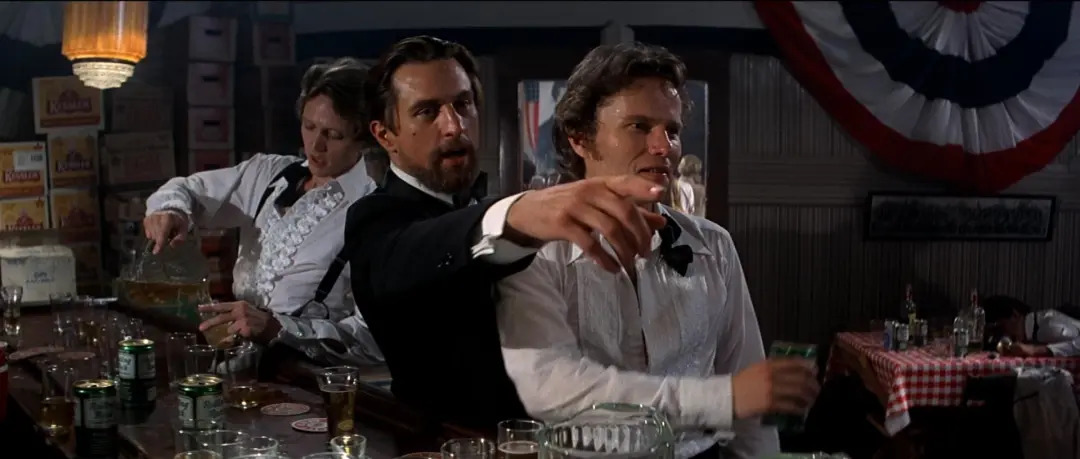
According to writer Studs Terkel, in his book ‘The Spectator: Talks About Movies and Plays with the People Who Make Them,’ the exaggerated way of torture by the Vietnamese army in the film reaffirms this notion that America’s involvement was well-justified. What is evident in the film is the underlying issues that come after the war is over, and the soldiers have come home, but not in one piece. A Veterans Administration survey reported that about 500,000 out of the 3 million serving troops experienced Post-Traumatic Stress Disorder (PTSD) when they came home.
The after-effects of the war, according to a study, not only affect the soldier but also their spouse (in the case of Nick’s fiancee Linda (Meryl Streep)) with both of them experiencing “general mental health, problem drinking, suicidal ideation, general physical health, sleep disturbances, a combined burden of mental and physical health problems, and couple relationship quality.” Talking about the partners of military personnel in her review of ‘Charlie Company’s Journey Home,’ Award-winning Historian Heath Hardage Lee wrote: “Many of these brave women struggled to restore husbands who returned to them in pieces: physical and mental fragments of the young men they had known and fallen in love with prior to deployment.”
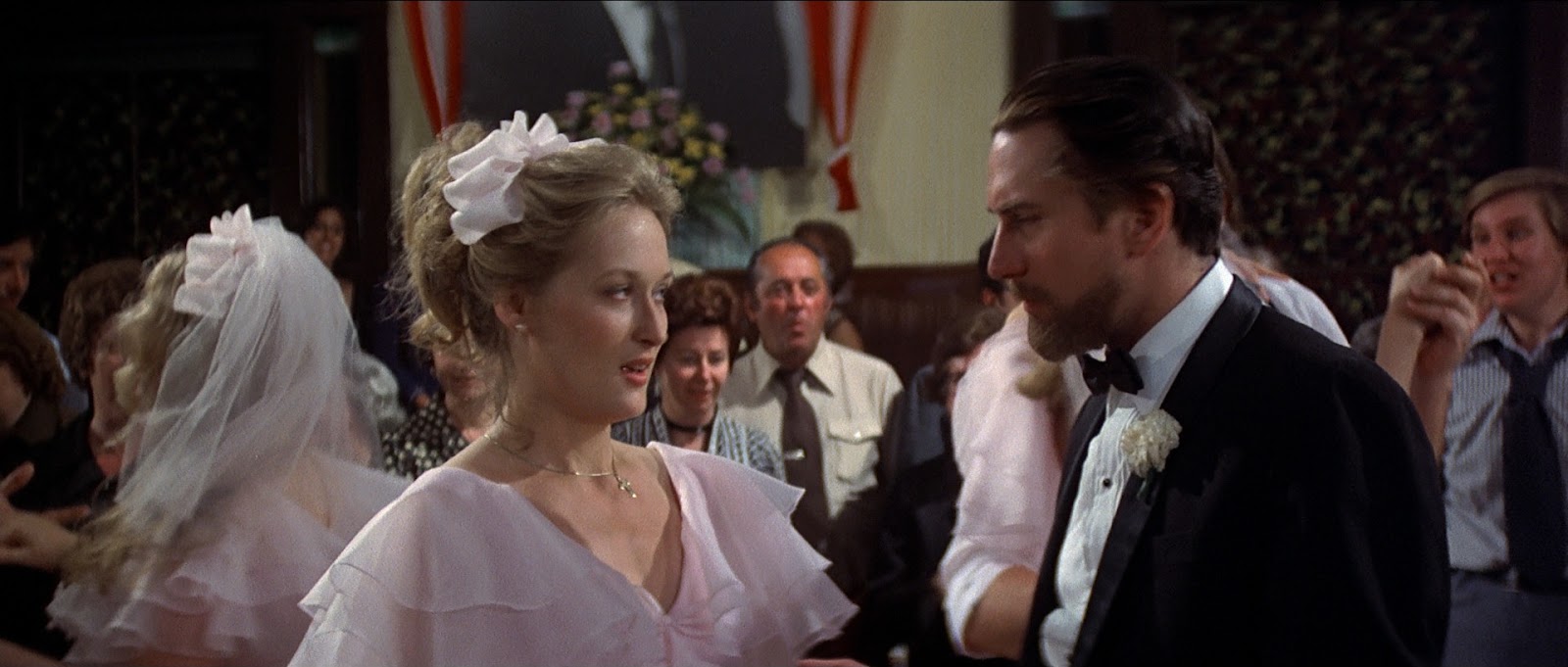
For his role as the steel factory worker, Michael, De Niro went to the factory and saw how the men worked and behaved, and expressed he would have worked there, too, if he was not banned from doing so. He explained that “sometimes, I practice the nature of a person’s lifestyle, which I undertook in my characterisation of Michael. I spent a lot of time in Mingo Junction and Steubenville, Ohio, soaking up the environment. I also tried to become as close to becoming a steelworker as possible without actually working a shift at the mill.” Cimino said that he let De Niro sleep at a steelworker’s house to forge a “connection and an understanding of their habits and speech patterns, a practice he still uses today.”
In 2020, Jay Glennie penned a book ‘One Shot: The Making of The Deer Hunter,’ on the iconic movie and the fascinating archives of De Niro. In a way, ‘The Deer Hunter’ initiated a dialogue about the Vietnam War and reinforced public sentiments of it being a fruitless war. Unlike other war movies that show action with CGI and try to romanticize the heroes and fights, it’s a bit more sensitive to the glaring problems of the survivors, but we caution the readers to take it with a pinch of salt.
Read More: Best Vietnam War Movies

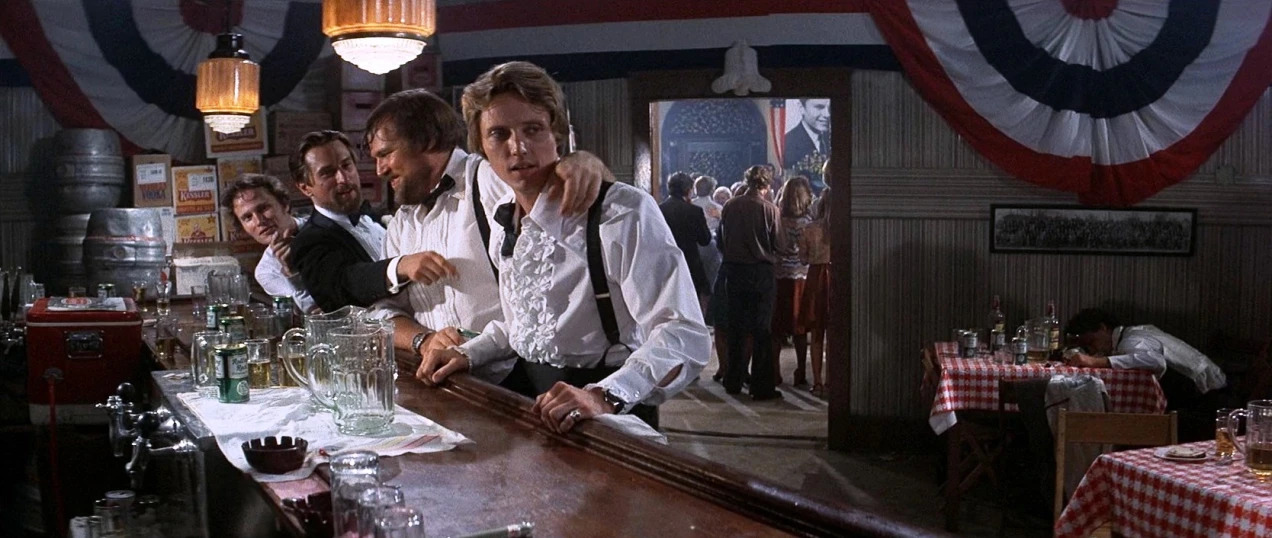
You must be logged in to post a comment.